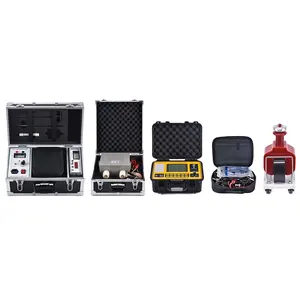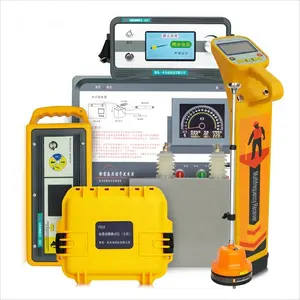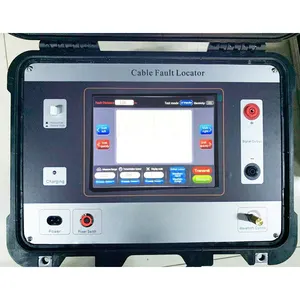Fault Detection Device Distributor

 CN
CN


















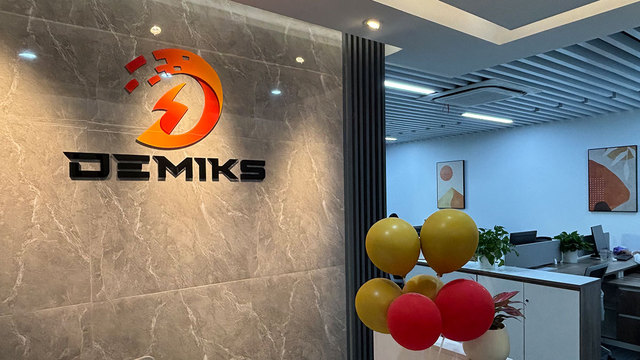

 TR
TR

















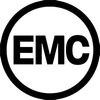

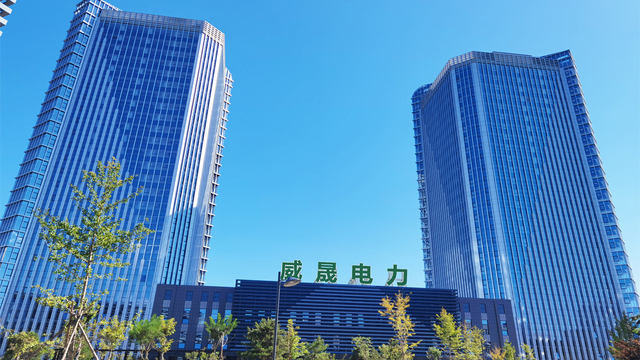






About fault detection device distributor
Where to Find Fault Detection Device Distributors?
China remains a central hub for fault detection device manufacturing and distribution, with key suppliers concentrated in industrial regions such as Zhejiang, Hubei, and Shandong. These areas host integrated electronics and electrical equipment ecosystems, enabling streamlined production of arc fault detection devices (AFDDs), ultrasonic flaw detectors, cable fault locators, and related testing systems. Hangzhou and Wuhan, in particular, have emerged as centers for smart electrical safety technology, supported by robust R&D infrastructure and access to component supply chains.
Suppliers in these clusters benefit from vertically aligned production networks—spanning PCB assembly, sensor integration, and enclosure fabrication—that reduce lead times and support both standard and customized configurations. Buyers gain access to scalable output, with many distributors offering monthly production capacities exceeding 500 units across multiple product lines. Localized sourcing of materials such as flame-retardant ABS casings, current transformers, and microcontroller units contributes to cost efficiency, with typical production cost savings of 20–30% compared to Western equivalents.
How to Choose Fault Detection Device Distributors?
Selecting reliable partners requires systematic evaluation across technical, operational, and transactional dimensions:
Technical Compliance & Product Range
Verify that suppliers offer products compliant with IEC 62606 for arc fault detection devices or EN 12668 for ultrasonic flaw detectors, where applicable. CE and RoHS certifications are essential for market access in Europe. Assess whether the distributor provides documentation on internal testing protocols, including dielectric strength, trip time accuracy, and electromagnetic compatibility (EMC).
Production and Customization Capability
Evaluate suppliers based on their ability to support customization and volume scalability:
- In-house engineering teams capable of modifying trip thresholds, communication interfaces (e.g., RS485, IoT integration), or enclosure designs
- Minimum factory area exceeding 3,000m² for consistent batch production
- Offerings of OEM/ODM services, including logo printing, packaging design, and product labeling
- Response time under 12 hours and on-time delivery rate above 95%
Cross-reference supplier claims with verifiable performance metrics such as online revenue and reorder rates, which indicate customer retention and service reliability.
Transaction Security & Quality Assurance
Prioritize distributors with documented quality management systems (e.g., ISO 9001) and participation in third-party assurance programs. Conduct sample testing before bulk orders—evaluate detection sensitivity, false alarm rate, and environmental resilience (operating temperature range: -25°C to +70°C). Use secure payment mechanisms and request post-delivery technical support availability, especially for complex diagnostic equipment.
What Are the Best Fault Detection Device Distributors?
| Company Name | Location | Verified Type | Online Revenue | On-Time Delivery | Avg. Response | Reorder Rate | Customization |
|---|---|---|---|---|---|---|---|
| Hangzhou Oldlang Smart Technology Co., Ltd. | Zhejiang, CN | Multispecialty Supplier | Not disclosed | 100% | ≤11h | - | Yes |
| Huatec Group Corporation | Hubei, CN | - | US $110,000+ | 97% | ≤7h | 23% | No |
| Xianheng International Science & Technology Co., Ltd. | Shaanxi, CN | Multispecialty Supplier | US $320,000+ | 100% | ≤3h | 40% | Yes |
| Wuhan UHV Power Technology Co.,Ltd | Hubei, CN | Custom Manufacturer | US $190,000+ | 96% | ≤3h | 26% | Yes |
| Qingdao Fate Technology Co., Ltd. | Shandong, CN | - | US $10,000+ | 100% | ≤2h | 33% | No |
Performance Analysis
Hangzhou Oldlang and Xianheng International demonstrate strong service consistency with 100% on-time delivery and high customization flexibility, making them suitable for buyers requiring tailored AFDD solutions. Xianheng stands out with a 40% reorder rate—the highest among listed suppliers—indicating strong customer satisfaction in cable fault testing equipment.
Huatec Group focuses on precision ultrasonic and eddy current flaw detectors, serving industrial NDT (non-destructive testing) markets with higher average unit values ($1,725–$6,000). Their ≤7-hour response time supports urgent procurement cycles. Wuhan UHV Power Technology offers advanced TDR-based cable fault detection systems, with pricing reaching up to $13,000 for fully intelligent pulse generators, indicating specialization in high-voltage grid maintenance.
Qingdao Fate Technology achieves the fastest average response time (≤2h) and perfect on-time delivery, though its lower online revenue suggests a niche focus. Buyers seeking rapid engagement and specialized underground cable identifiers may find this supplier strategically advantageous.
FAQs
What is the typical MOQ for fault detection devices?
MOQs vary by product type. Arc fault detection devices typically require 50 poles per order, while advanced cable fault locators and ultrasonic testers are sold per set or piece with MOQs of 1–2 units due to higher complexity and cost.
How long does it take to receive a sample?
Sample lead times range from 7 to 15 days for standard models. Customized units may require 20–30 days depending on design modifications. Air shipping adds 5–7 days for international delivery.
Can suppliers provide technical documentation and software?
Yes, leading suppliers supply operation manuals, calibration certificates, and proprietary diagnostic software for devices like TDR-based fault locators and digital ultrasonic testers. Confirm software compatibility (Windows/Linux) and update policies prior to purchase.
Are there options for private labeling and packaging?
Multiple suppliers—including Hangzhou Oldlang, Xianheng International, and Wuhan UHV—offer full customization of logos, labels, packaging, and user interface graphics, particularly for ODM partnerships.
What are common payment terms for first-time buyers?
Standard terms include 30% deposit with balance paid before shipment. For new buyers, suppliers may require full prepayment for small orders or use escrow services to mitigate risk. Letters of credit (L/C) are recommended for orders exceeding $10,000.

















